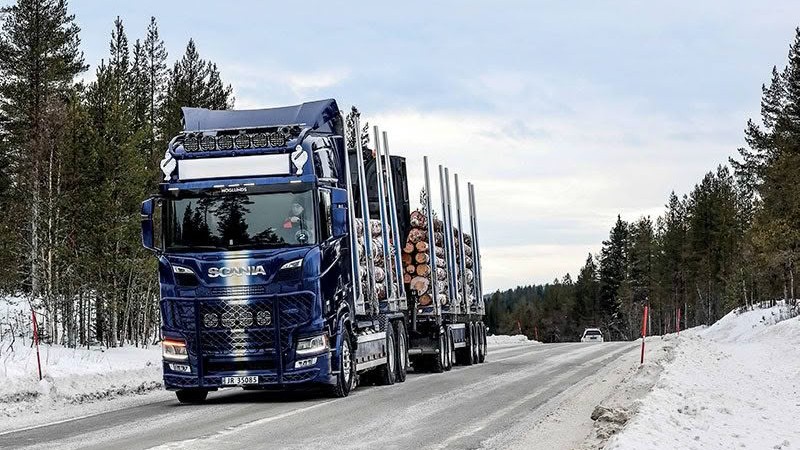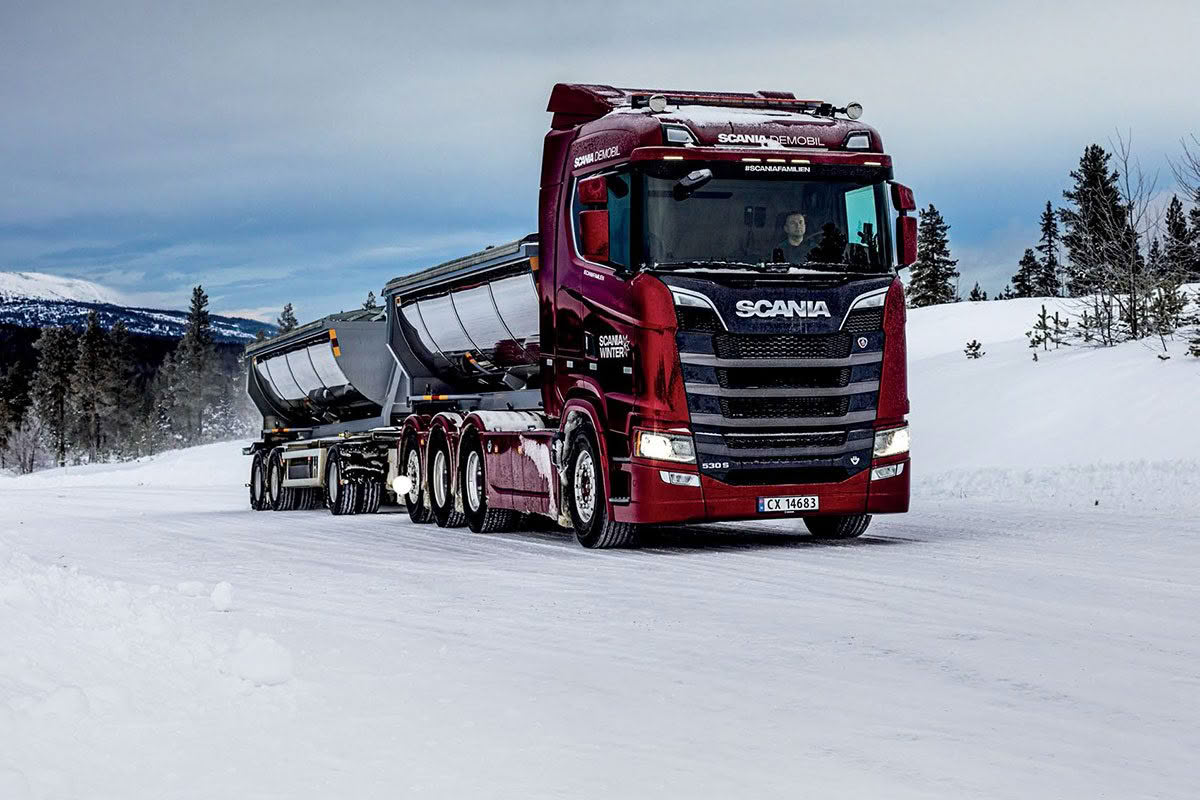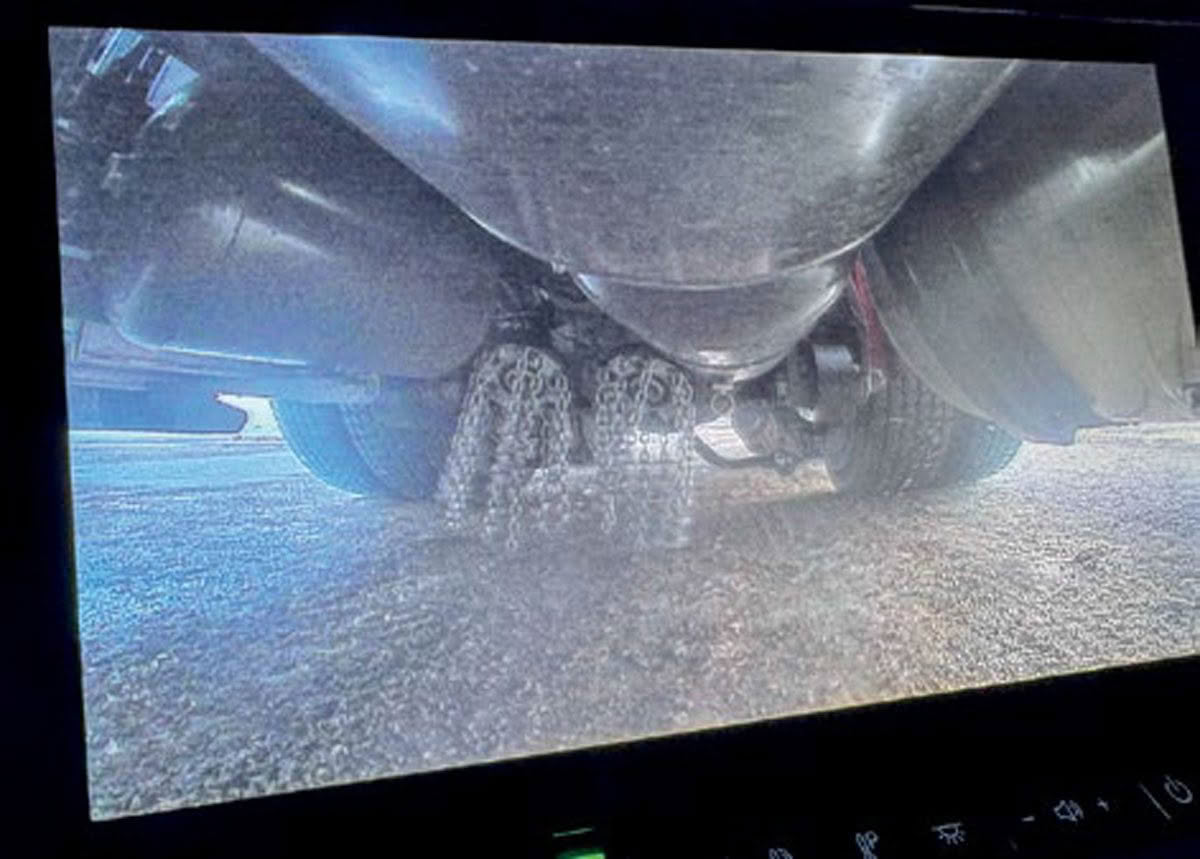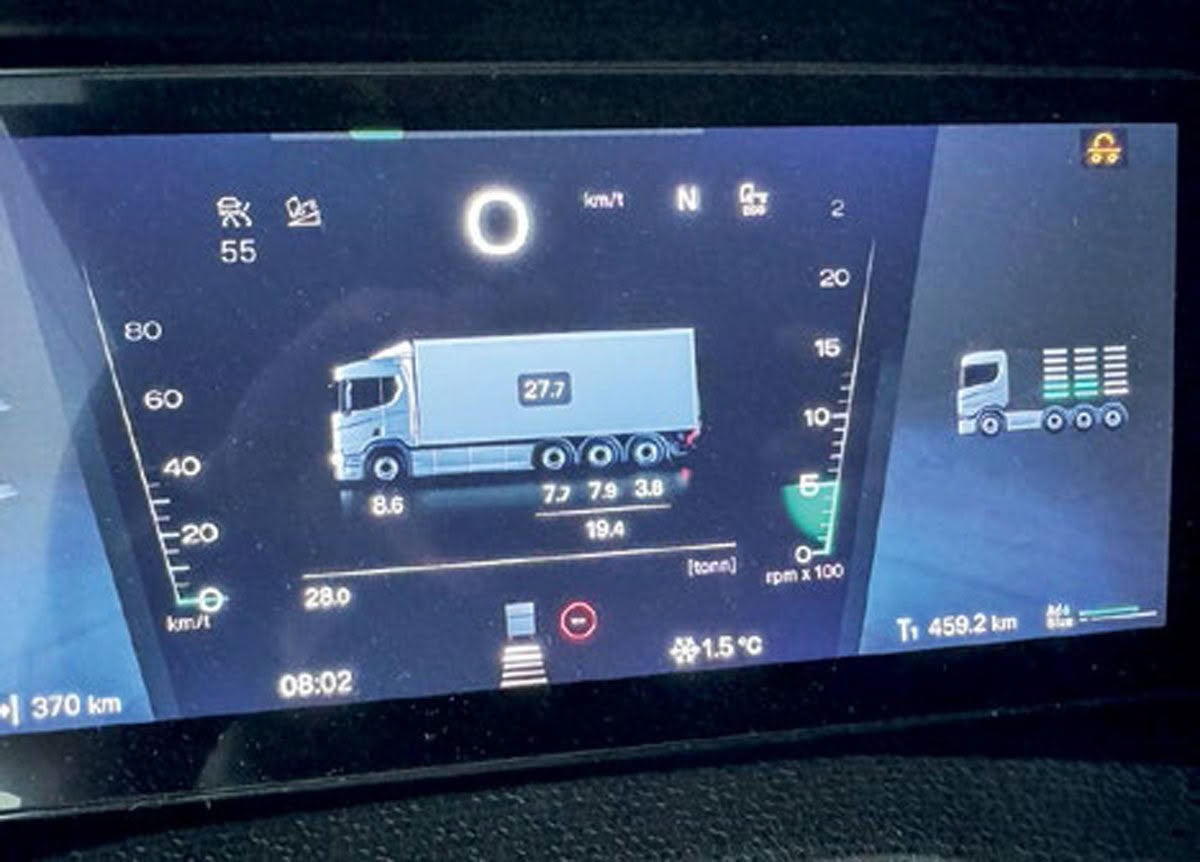
Will Shiers sampled a smorgasbord of trucks in an unseasonably mild Norway at the Scania Winter 2025 press event.
“Salmon or reindeer?” the waitress asked at my Oslo hotel restaurant, perfectly encapsulating Scandinavian cuisine in a single question. It was a tough decision, but it paled in comparison to the one I faced the next day as I ventured north from the Norwegian capital to Trysil – home to Norway’s largest ski resort and the venue for Scania’s annual winter driving event.
With 20 trucks to choose from and limited time to drive them, the event felt more like navigating an exclusive tasting menu than indulging in an all-you-can-drive buffet. The sheer variety was overwhelming, so I focused on a few standout options. I hope you’ll find my choices satisfying.
Scania 770S B6x4NB timber truck
This year, Scania offered no fewer than five battery-powered trucks for the press to try – and I ignored every single one. It’s not that I don’t enjoy driving electric trucks; I genuinely do. But they’re just a bit boring, and I’m running out of fresh things to say about them. After all, there are only so many ways to describe how quiet they are. More importantly, this is Norway. With its longer combinations (much longer than I’m used to in the UK, anyway) and heavier weights, this is V8 territory. With that in mind, I half- ran, half-slipped my way through the snow to the most desirable truck of the event: a customised 770S, 58-tonne, 24m-long logger.
Held in January/February, this event normally sees temperatures plummet well below -10°C, and earlier in the week, conditions were true to form. By the time I arrived, however, the thermometer had crept up to -1°C, accompanied by rain. Apparently, this phenomenon is caused by low clouds preventing precipitation from freezing during its descent, instead instantly transforming into a slick layer of ice as it hits the ground.
Sitting beside me in the cab, the Norwegian demo driver explained that these conditions are notoriously dangerous, even for seasoned locals. Most choose to stay off the roads when things get this treacherous. He suggested that we steer clear of the public roads and stick to the safer snow-covered tracks at the event site.
Setting off, I immediately understood the problem. As I unleashed some of those 770 horses, I was greeted with nothing more than wheelspin. However, the truck had a trick for precisely this scenario.
Where James Bond’s Aston Martin DB5 squirted oil to make the road slippery for those behind, this truck employed a solution with the opposite effect. A press of a dash-mounted button released a heap of sand in front of the first drive axle. With the diff lock engaged, traction was instantly restored, and I was on my way.
“Keep it rolling,” my co-driver advised, his voice calm but firm. “You don’t want to stop halfway up any of these hills.” It was sage advice, and thanks to the rapid shifts of the new G38 gearbox, maintaining momentum proved relatively straightforward – even if the odd spin of the wheels reminded me not to get too confident.
The real test, however, came on the descents. Applying the retarder out of habit locked the drive axles momentarily, catching me off guard. I corrected it quickly, much to my co-driver’s relief: “In colder conditions, the retarder is fine, but with today’s rain, stick to the footbrake – especially in a customer truck,” he cautioned.
Driving this truck in its natural habitat, despite having to take it very easy, was a joy. It’s what this truck was built for, and it looked absolutely at home. Surely, this sector will be among the last to transition to electric – and, hopefully, that day remains far in the future. Long may the V8 be heard in Scandinavia’s forests.

530S B8x4*4NB
This truck is something of a rarity. Not only does it feature the lowest S-cab, but at 395kW (530hp), it also boasts the lowest-rated V8 in the range. I was eager to get behind the wheel, knowing opportunities to do so may soon become scarce. With the 13L Super driveline now available up to 560hp, the overlap is already impacting sales of the 530 V8 – a model that was never a big-volume seller. I can’t help but think it’s only a matter of time before it’s quietly dropped from the line-up.
This drive took place the following morning, and while the temperature was still hovering around zero, the rain had stopped, and gritted roads provided considerably better traction than the previous day. Driving on tarmac with competent winter tyres proved surprisingly straightforward.
The demo driver, sat in the passenger seat, not only permitted me to use the retarder during a long descent but actively encouraged it. “You can bring it in step by step, and if you feel the EBS system start to work, that’s your warning – it’s slippery, and you need to slow down,” he explained. Climbing back uphill, the truck coped with ease, the satisfying growl of the V8 rumbling under the cab as it powered the 50-tonne, 19.5m vehicle up a steep slope.
We soon veered off the main road and onto forestry tracks covered in snow. Progress was steady until my passenger suggested we come to a stop on a gentle incline. Sure enough, the wheels spun helplessly on the slick surface when I tried to set off again.


This, as it turned out, was no accident but a deliberate opportunity to demonstrate some of the truck’s standout features. With full air suspension, I could redistribute weight across the axles to improve grip. In this instance, I shifted weight to the tridem’s two driven axles, immediately restoring traction and allowing us to move forward effortlessly.
European Union regulations permit temporary overloading of a drive axle by up to 30%, provided the speed stays below 30km/h, to enhance grip. Although Norway isn’t bound by these rules, the feature should still only be used as a short-term solution. Shifting too much weight off the front steering axle can adversely affect handling, especially during cornering, so it’s unsuitable for long durations.
To add another layer of assurance, I engaged the truck’s aftermarket Onspot automatic snow-chain system. From the touchscreen display, I could monitor the chains as they deployed on the first drive axle. In Norway, regulations require carrying seven snow chains for the truck and trailer, but this system reduces the need to five, as it is approved to replace the equivalent of two manual chains.
Activating the Onspot system in advance is key; it’s better to engage it before climbing a hill or parking, so it’s ready when needed. Parking on compacted snow with warm tyres can lead to minor indentations, which may result in the truck becoming stuck as the snow refreezes.
However, there are limits to its use. The chains must be retracted during high-speed driving to avoid damaging them and the tyres. To prevent mistakes, this truck automatically disables the chains when speeds exceed 50km/h, safeguarding against accidental wear.

At the end of the test route, I was invited to perform an emergency stop with the Onspot chains engaged. Accelerating to 30km/h on the icy runway, I hit the footbrake hard, only to be stunned by the stopping distance: a full 80m. Had I been travelling at 80km/h, it would have taken a jaw-dropping 400m to halt.
This stark demonstration was a humbling reminder that despite modern safety systems and winter accessories, no technology can overrule the unrelenting laws of physics.
93M 250 4×4 military truck
And now for something completely different – a 1992 93M 4×4, one of about 2000 elderly Scanias in the Norwegian military fleet. This particular example had barely covered 15,000km in its 33 years, a testament to the low-mileage life many of these trucks enjoy in military service. A sizeable number of P113s and P143s are also still in active service.
Stepping into the cab was like entering a bygone era. There were no digital interfaces, no interactive screens, and certainly no creature comforts – just bare-bones functionality with an undeniable air of purpose. A manual gear lever stood proudly at the ready, which made a refreshing change. However, it was scarcely needed, as the entire course could be tackled in second gear. A hand throttle mounted on the dashboard allowed the co-driver to manage the pace.
The deeply rutted tracks snaked through the snow-covered wilderness, seemingly guiding the truck with an almost instinctive ease. All I had to do was marvel at its off-road prowess as the snow chain-clad tyres bit into the icy terrain with determination, enabling the Scania to handle conditions that would leave most vehicles stranded. Now this was my idea of an autonomous truck!








